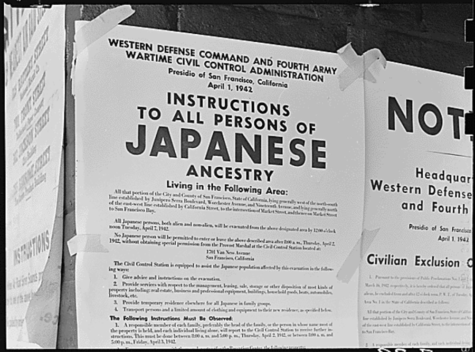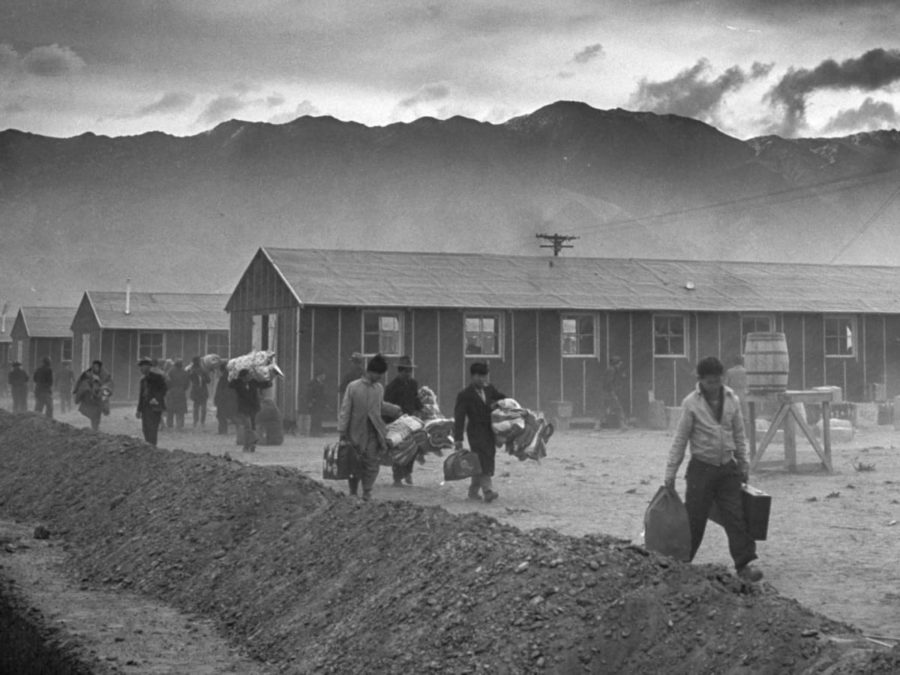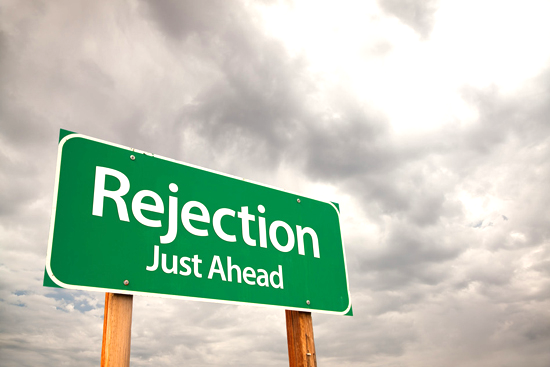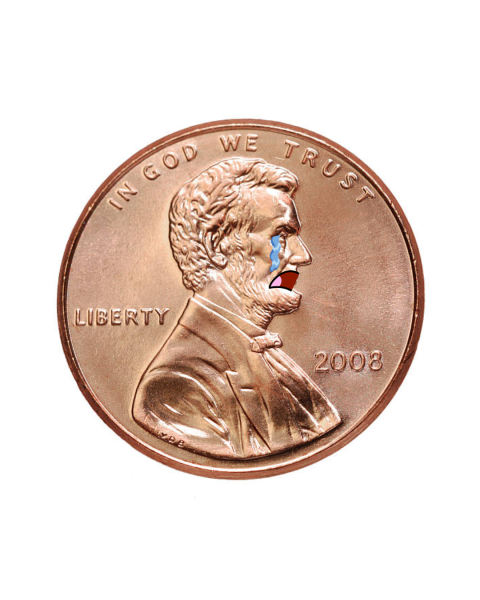Reflecting on 80 years since Japanese internment
People walking past the barracks in the camps
This March marks the 80th anniversary of the start of the devastating, four-year-long event that was Japanese internment. So, what was it, and how have we moved past it?
Most were American citizens, and half were children. Some may have had parents, grandparents or great-grandparents that were American citizens, and some may have been immigrants that had arrived in “the land of the free” with the hopes of achieving the American Dream.
On Feb. 19, 1942, President Franklin D. Roosevelt signed Executive Order 9066, a stroke of a pen that uprooted approximately 120,000 people who were at least 1/16th (6.25%) Japanese from their homes, and forced them into internment camps. There were a total of 10 camps and, on March 24, people were given six days to dispose of all of their belongings and property, allowed to keep only what they could carry.
Before the internment camps (which the American government referred to as “Relocation Centers”), Japanese-Americans were relocated to local “Assembly Centers,” which, according to history.com, “were located in remote areas, often reconfigured fairgrounds and racetracks featuring buildings not meant for human habitation, like horse stalls or cow sheds, that had been converted for that purpose.”
People in the camps lived in barracks with several other families, and ate their meals in a communal eating area. The camps were fenced in by barbed wire and guards stood in towers to make sure no one escaped, armed with guns.
Civilians lined up along the barbed wire to shout racial slurs at the people in the camps every day, sending the not-so-subtle message that they weren’t even welcome in the one space they were forced to be in.
Even before the camps, though, there was an atrocious campaign of propaganda demonizing Japanese people, depicting them with large, pointy teeth, small, squinty eyes, and the posters made the cartoons of Japanese people look more animal than human to convince people to see them as “less-than” and “others.”
The images are shocking and disturbing, but the words are equally as cruel. They use slurs in place of “Japanese people” or “Japanese-Americans,” and describe how Japanese people (they group together Japanese people who live in Japan and those who are American citizens) are “traitors,” “rats,” “stupid,” and “weak,” among many other things.

Returning to the original question, what has changed in the last 80 years? Or, maybe more importantly, what hasn’t?
The answer is complex. We have made great strides in Asian American civil rights in the courts, such as Asian American history being required to be taught in Illinois and New Jersey schools.
We also have more Asian representation in Hollywood, with movies and shows such as “Parasite,” “Crazy Rich Asians,” “Squid Game,” and now “Shang-Chi and the Legend of the Ten Rings” having Asian casts.
In society, Asian culture has also become more prevalent than ever, with K-Pop, anime, and a variety of Asian foods and drinks (such as boba or sushi) taking over the country. American people are more open than they have ever been to partaking in and appreciating Asian culture.
However, I don’t think we’ve done enough. Anti-Asian hate is still a prevalent issue, and has been highlighted over the last two years. I’m sick and tired of seeing videos of people with malicious intent committing acts of violence against Asian Americans, particularly to the most vulnerable people in the community.
Sure, the laws on teaching Asian American history are a positive thing, but they only exist in two states, meaning only 4% of states require this to be taught. Additionally, with culture appreciation comes culture appropriation, so appropriation and misinterpretation of Asian traditions have become just as common as the traditions themselves in this country.
The greatest common denominator between Japanese internment and the hatred and propaganda surrounding it and now, though, is that Asian Americans are seen as foreigners. Non-Americans. Traitors.
The most obvious comparison I can make is with the Covid-19 pandemic. A virus that can infect people of all races, nationalities, genders, sexual orientations, classes, or political parties was politicized during the Trump administration to be at the fault of the Chinese.
Disaster struck in America, so the U.S. government blamed and attacked Asian Americans for something that they had nothing to do with. Sound familiar?
This is why we can’t let history repeat itself. This pattern of alienation has been seen over and over again in America and has hurt and killed innocent people every time.
So, while I do think that we have made great strides in Asian American civil rights since 1942, the main theme of Asian Americans being refused to be accepted as Americans has not changed.
This March (or any month, for that matter), you can educate yourself more about the Asian American experience by reading the essay collection “Minor feelings” by poet Cathy Park Hong, which explores the intersection between race and gender and her experience as an Asian woman in modern-day America. Or, for a more intimate look into the internment camps, the memoir “Farewell to Manzanar” by Jeanne Wakatsuki Houston and James D. Houston tells the Wakatsuki family’s experience in internment.




